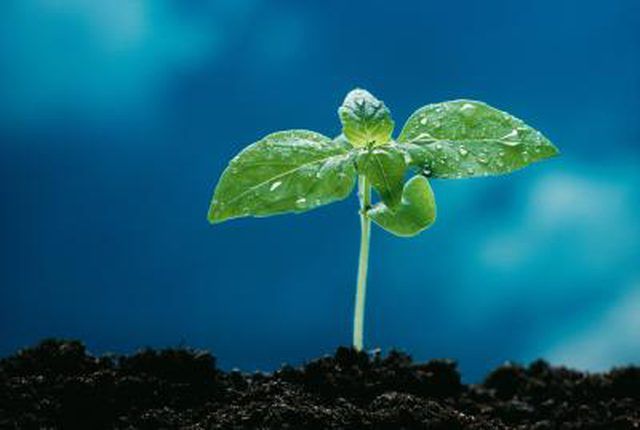Bulbs
Flower Basics
Flower Beds & Specialty Gardens
Flower Garden
Garden Furniture
Garden Gnomes
Garden Seeds
Garden Sheds
Garden Statues
Garden Tools & Supplies
Gardening Basics
Green & Organic
Groundcovers & Vines
Growing Annuals
Growing Basil
Growing Beans
Growing Berries
Growing Blueberries
Growing Cactus
Growing Corn
Growing Cotton
Growing Edibles
Growing Flowers
Growing Garlic
Growing Grapes
Growing Grass
Growing Herbs
Growing Jasmine
Growing Mint
Growing Mushrooms
Orchids
Growing Peanuts
Growing Perennials
Growing Plants
Growing Rosemary
Growing Roses
Growing Strawberries
Growing Sunflowers
Growing Thyme
Growing Tomatoes
Growing Tulips
Growing Vegetables
Herb Basics
Herb Garden
Indoor Growing
Landscaping Basics
Landscaping Patios
Landscaping Plants
Landscaping Shrubs
Landscaping Trees
Landscaping Walks & Pathways
Lawn Basics
Lawn Maintenance
Lawn Mowers
Lawn Ornaments
Lawn Planting
Lawn Tools
Outdoor Growing
Overall Landscape Planning
Pests, Weeds & Problems
Plant Basics
Rock Garden
Rose Garden
Shrubs
Soil
Specialty Gardens
Trees
Vegetable Garden
Yard Maintenance
How to Kill Indoor Soil Mold
How to Kill Indoor Soil Mold. Mold on the soil of indoor plants is usually harmless to the houseplant, but it is an indication of other problems. White and yellow mold is most common on houseplant soil. The fungus is usually on the surface of the potting medium and does not penetrate deeply into the soil. Killing the mold is as simple as ensuring...

Mold on the soil of indoor plants is usually harmless to the houseplant, but it is an indication of other problems. White and yellow mold is most common on houseplant soil. The fungus is usually on the surface of the potting medium and does not penetrate deeply into the soil. Killing the mold is as simple as ensuring the plant is properly taken care of. For more extreme infections, chemical controls may need to be used.
Things You'll Need
Pots
Potting soil
Spoon
Fungicide
Remove any coverings that are present on the infected pots, such as decorative foil wrappings. Check for standing water in the drip trays and empty immediately. Standing water leads to overly wet soil, the main cause of mold.
Check the drainage holes on the bottom of the pot. Push your finger into the hole. If you can't push in further than your first knuckle the plant may require repotting so it drains properly.
Grasp the plant by the stem near the soil surface and pull the pot off it with the other hand, if it requires repotting. Remove surface soil from around the plant, then repot into the next size pot using sterilized potting medium.
Water the plant only when the top 2 inches of soil begins to dry out. Stick your finger 2 inches into the top of the soil to check if it is still moist.
Place the plant where it receives the recommended amount of sunlight as detailed on the plant tag. Double the amount of time under lights if using artificial lighting for your plants.
Scoop out as much mold as you can with a spoon and dispose of the infected soil. Most soil molds are only on the surface, so removal in conjunction with proper watering and lighting eliminates the infection.
Apply a fungicide to the soil, following label instructions. Use fungicides only on plants that are otherwise healthy as the poison will put some stress on the plant.
Tips & Warnings
Use sterilized potting soils only when repotting or starting seeds for new plants. This eliminates any mold spores in the soil.
Mold on plant leaves or stems should be immediately treated with the proper control, as these are not harmless to the plant and may be a sign of an insect infestation.